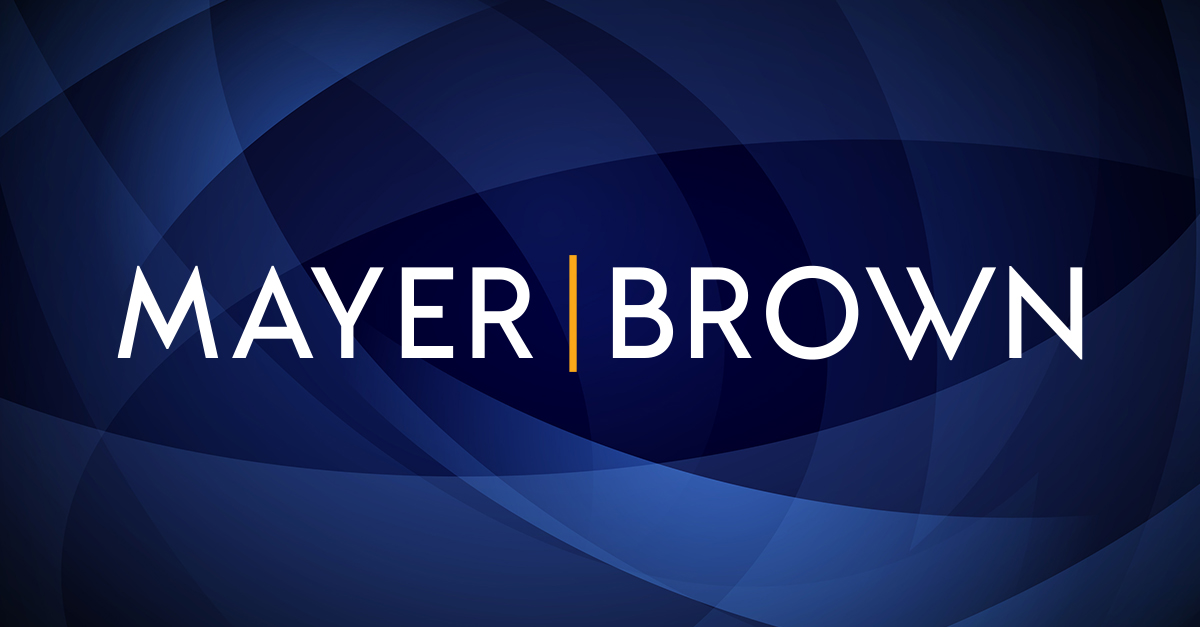On December 16, 2022, the Basel Committee on Banking Supervision (“Basel Committee” or “BCBS”) finalized a standard for banks to monitor and manage their exposure to cryptoassets (the “Crypto Standard”).1 The Crypto Standard amends the Basel Committee’s comprehensive framework for prudential regulation to set out the prudential treatment of banks’ exposures to cryptoassets.
The Crypto Standard is effective immediately, but given that it does not have the force of law on its own, the Basel Committee has requested that national regulators implement it by January 1, 2025. In this Legal Update, we review the changes the Basel Committee made to the drafts of the Crypto Standard and discuss what the industry may expect next.
Background
The Basel Committee is a group of several dozen central banks and bank supervisors that sets standards for the prudential regulation of banks and provides a forum for regular cooperation on banking supervisory matters. The Basel Committee standards do not have the force of law but, rather, must be adopted or transposed by its members (i.e., national regulators) into legal requirements that apply within a specific jurisdiction. The Basel Committee has promulgated and revised standards for capital and liquidity requirements for banking organizations for many years (in addition to other prudential standards), with the most recent major revisions occurring in 2017.2
In June 2021, the Basel Committee published a public consultation titled Prudential Treatment of Cryptoasset Exposures that focused on the emergence of cryptoassets as a new asset class that presents unique risks to banks.3 This proposal was modestly revised through a subsequent consultation in June 2022.4
The proposal and final Crypto Standard separate cryptoassets into two groups, each with two subgroups (i.e., Groups 1a and 1b and 2a and 2b). Group 1 includes less volatile cryptoassets that (a) are tokenized traditional assets or (b) have effective stabilization mechanisms. Group 2 assets are also split into two subgroups: (a) ones where a limited degree of hedging is permitted and (b) ones where hedging is not recognized.
As discussed in our earlier Legal Update and the June 2022 proposal, the Crypto Standard also includes provisions that address an infrastructure risk add-on; a redemption risk test and a supervision/regulation requirement; an exposure limit on Group 2 exposures; descriptions of how the operational risk, liquidity, leverage ratio and large exposures requirements should be applied to banks’ cryptoasset exposures; a supervisory review process; and disclosure requirements.
Changes from the June 2021 Release
The Crypto Standard consists of a new chapter in the Basel Committee’s framework for the prudential regulation of banks that has over 130 sections and addresses the application of most types of prudential standards to cryptoassets. The Crypto Standard largely tracks the June 2021 proposal, as modified in June 2022, with a handful of changes made during the finalization process. These changes are:
The Crypto Standard is a final standard, but indicates that some issues remain under consideration by the Basel Committee. These include the treatment of permissionless blockchains as Group 1 assets, appropriate statistical tests to reliably identify low-risk stablecoins, and calibration of the Group 2 exposure limit.
Industry Impact
The Basel Committee indicated in the Crypto Standard that it intends to closely monitor its implementation and will likely issue additional refinements and clarifications over time. On one hand, this can be viewed as a positive development, as some aspects of the Crypto Standard are highly prescriptive and may change as technology develops. On the other hand, constant change to regulatory standards imposes a heavy burden on banks and should be avoided where possible. On balance, this open-mindedness is probably a good position for the Basel Committee to take because of the evolving nature of cryptoassets and the risks presented.
As we have discussed in relation to the Basel Committee’s climate risk management principles, the Crypto Standard does not have the force of law in the United States. It is unclear if the Crypto Standard will be included in the pending Basel Endgame rulemaking that US regulators are considering (i.e., the process to incorporate the Basel Committee’s 2017 revisions to the general capital requirements into US regulation) and how the discovery of recent lapses in controls at cryptocurrency companies will affect the regulation of cryptoasset exposures of banks. Given the pressing need to adopt Basel Endgame, we expect that US regulators will defer addressing the Crypto Standard until after 2023.
Additional Author Dean A. Corrado
1 BCBS, Prudential treatment of cryptoasset exposures (Dec. 16, 2022), https://www.bis.org/bcbs/publ/d545.htm.
2 BCBS, Governors and Heads of Supervision finalise Basel III reforms (Dec. 7, 2017).
3 BCBS, Prudential treatment of cryptoasset exposures (June 10, 2021), https://www.bis.org/bcbs/publ/d519.htm.
4 BCBS, Prudential treatment of cryptoasset exposures – second consultation (June 30, 2022), https://www.bis.org/bcbs/publ/d533.htm.
FDIC Proposes New Signage and Advertising Requirements
Understanding the True Scope of a Financial Firm’s Exposure to Crypto
US Treasury Report Addresses Impact of Fintech-Bank Partnerships
Mayer Brown is a global services provider comprising associated legal practices that are separate entities, including Mayer Brown LLP (Illinois, USA), Mayer Brown International LLP (England), Mayer Brown (a Hong Kong partnership) and Tauil & Chequer Advogados (a Brazilian law partnership) (collectively the “Mayer Brown Practices”) and non-legal service providers, which provide consultancy services (the “Mayer Brown Consultancies”). The Mayer Brown Practices and Mayer Brown Consultancies are established in various jurisdictions and may be a legal person or a partnership. Details of the individual Mayer Brown Practices and Mayer Brown Consultancies can be found in the Legal Notices section of our website.
“Mayer Brown” and the Mayer Brown logo are trademarks of Mayer Brown.
Attorney Advertising. Prior results do not guarantee a similar outcome.
Author
Administraroot


